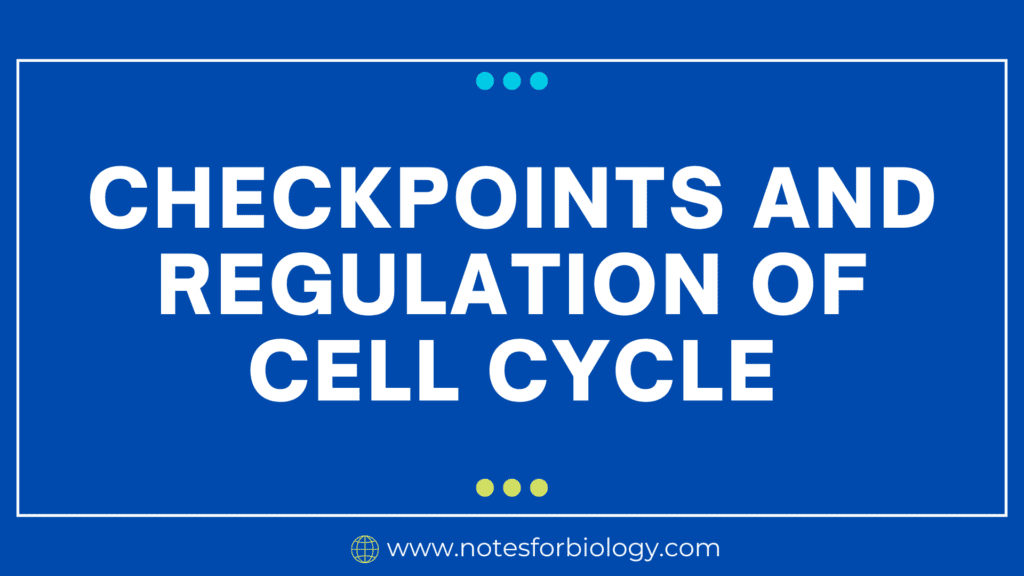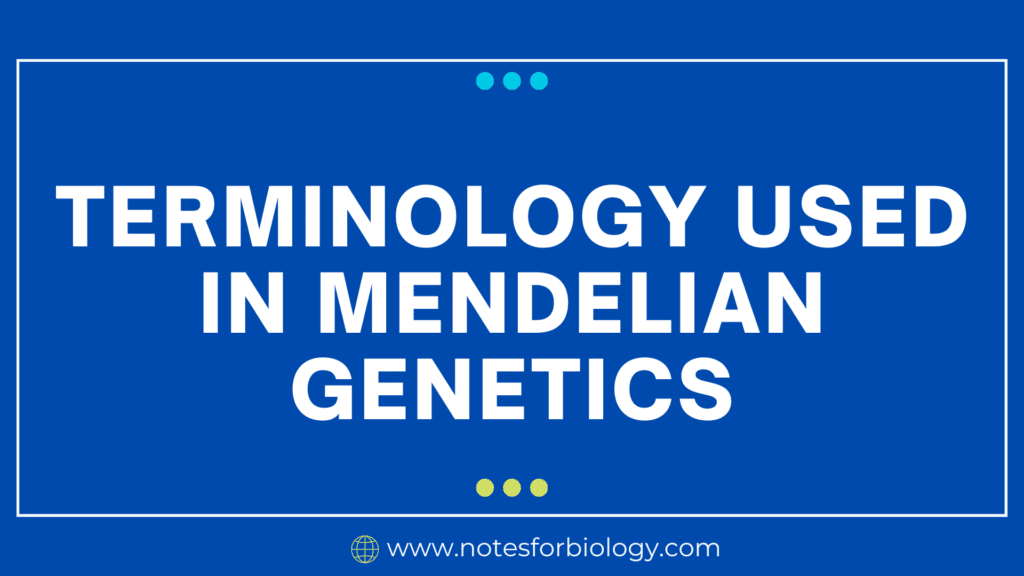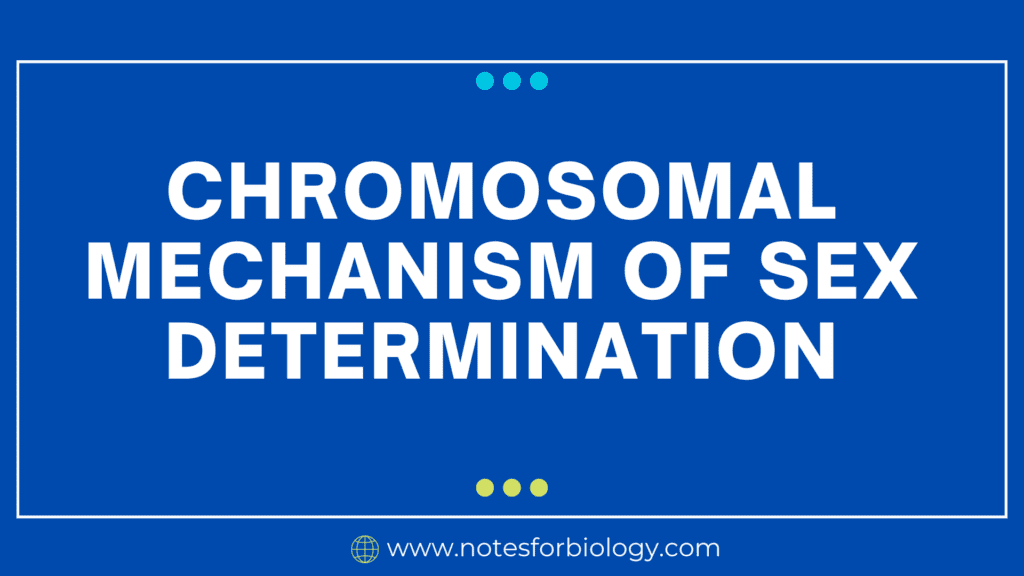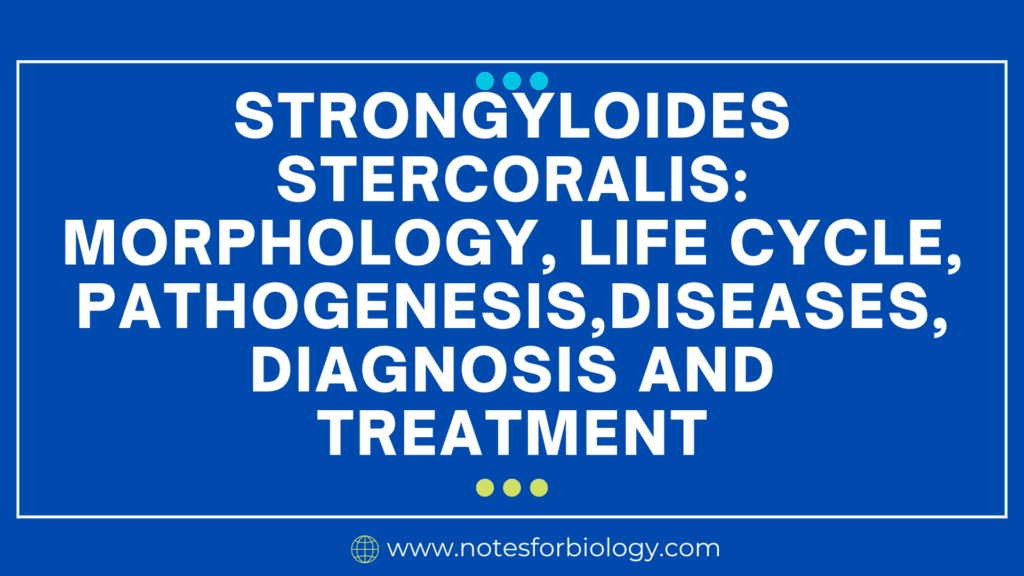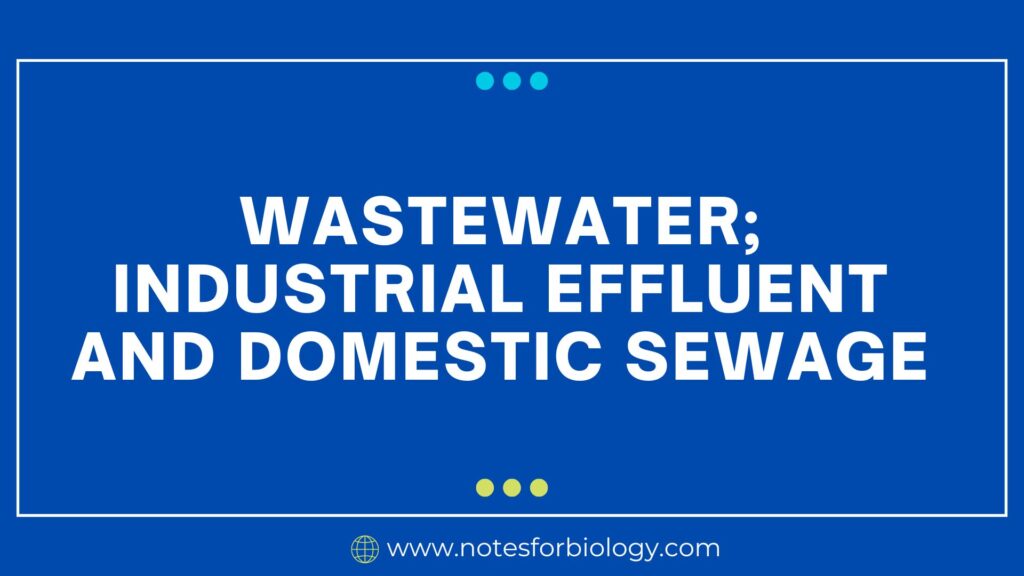Checkpoints and regulation of cell cycle
The cell cycle is the process through which a cell duplicates its contents and divides to form two identical daughter cells. This process is fundamental for growth, tissue repair, and reproduction in organisms. However, uncontrolled cell division can lead to disorders like cancer, which is why the cell cycle is tightly regulated through a series […]

